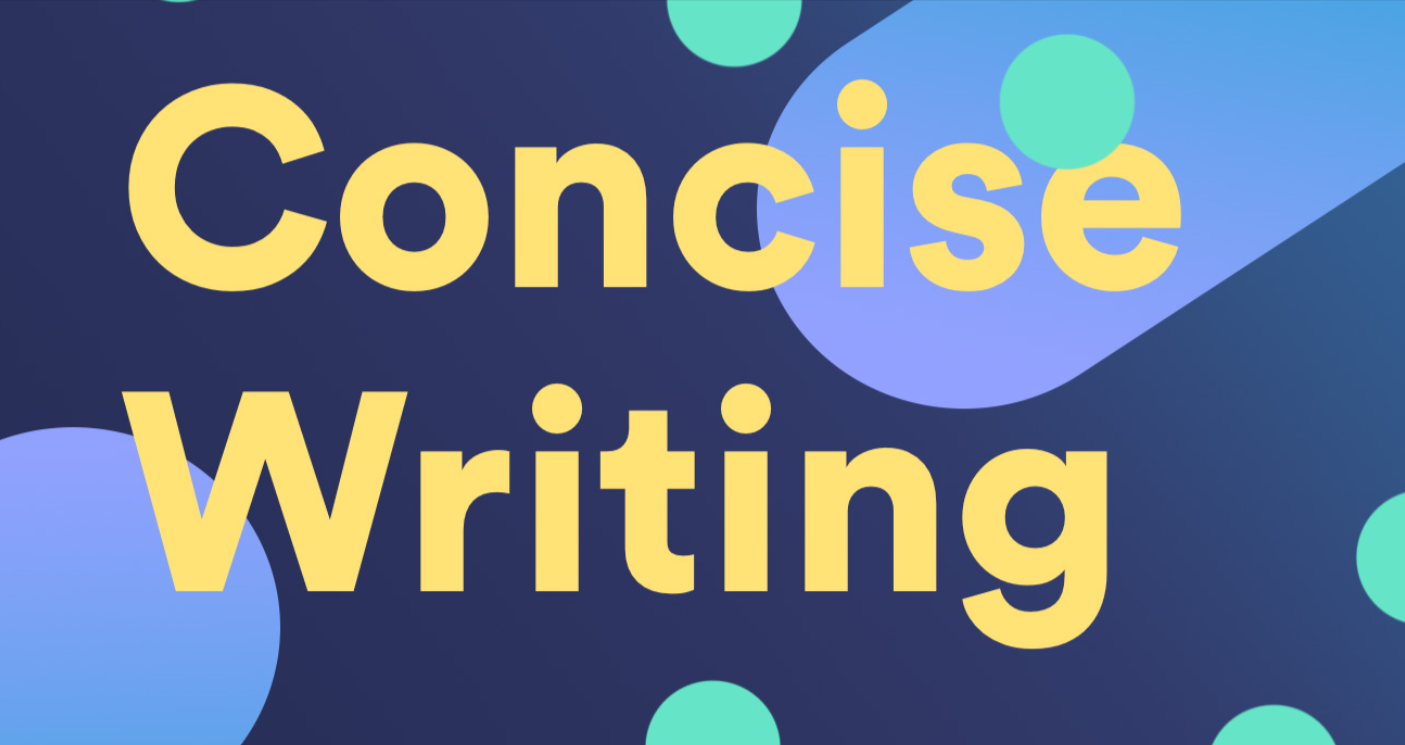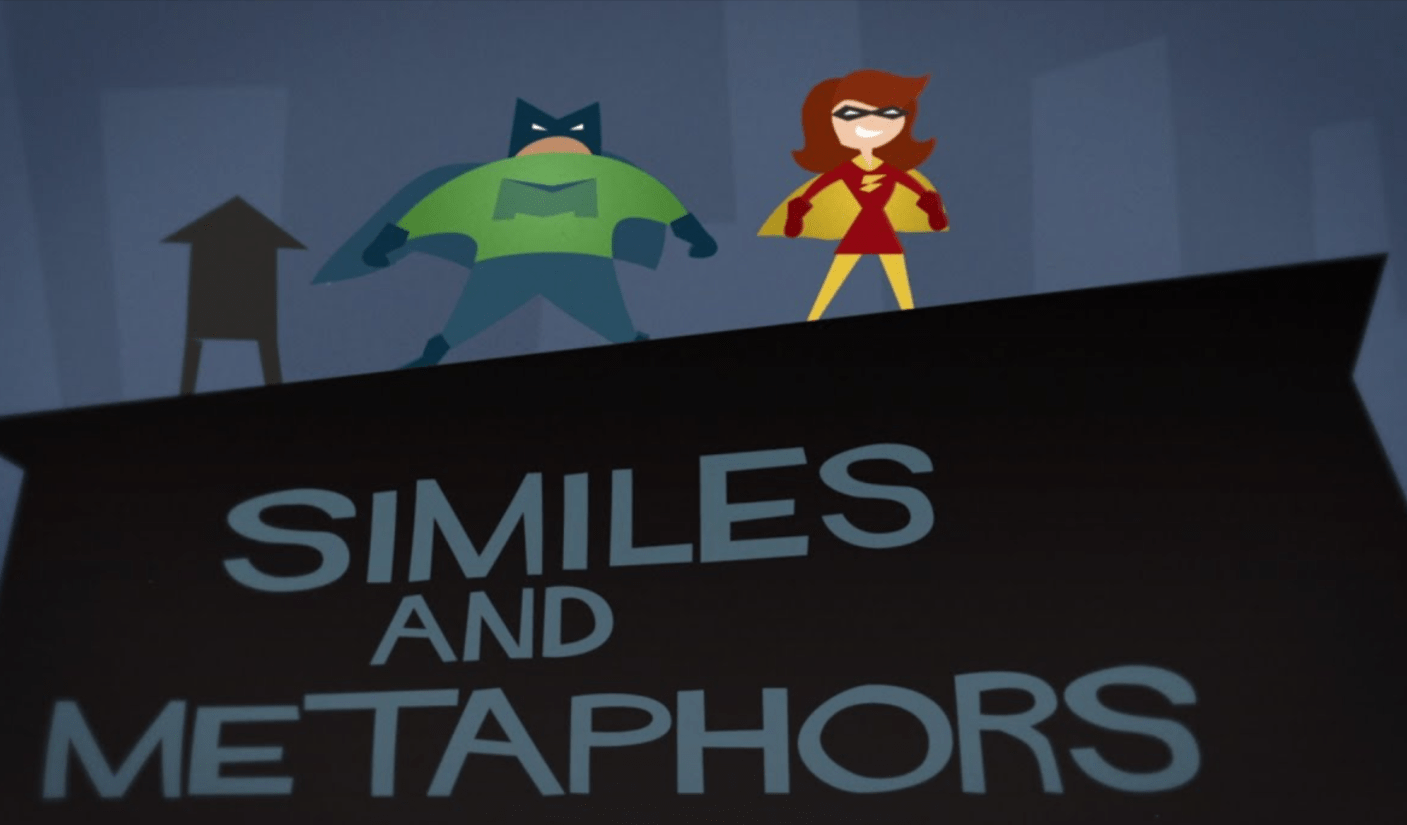How to Write an Effective Ending for Your Story

1. Ensure Your Ending Reflects the Story’s Theme
A smashing finale should wrap up the story's main messages and ideas. You've been crafting these from the start whether you're spinning tales of romance, payback, change, or self-improvement. Your finish line should mirror these big ideas if it's gonna work right.
Close the loop: A great conclusion should sort of mirror your story's beginning. Say your hero kicks things off in a tough spot, right? By the time you write The End, you should be showing the reader how they have hustled and changed, giving that nice feeling of closure.
Keep it on brand: Don't give a finale that doesn't speak the same language as the book has been! If your vibe is conquering the jitters, then a conclusion showcasing your hero's glow-up or evolution weighs far greater than just some uncalled-for plot twist!
2. Resolve the Main Conflict
Nailing the finale means tackling the big squabble head-on. Folks who dive into your tale pour in hours and feelings for those you write about. They're itching to see if your folks will triumph or flop, and the manner in which obstacles get the final knockout.
A happy ending isn't a must for sorting out problems: Some tales are just meant to be sad, and that's okay. Make sure the ending your characters get feels right and like they've worked for it even if it's a downer.
Make sure things wrap up : Don't leave your audience hanging wondering what happened. If you’ve got a big bad guy giving everyone grief, you gotta show the hero tackling and beating this nuisance. The ending, good or bad, needs to make sense and be convincing.
3. Provide a Sense of Growth or Change
A good finale shows your main character having gone through some kind of evolution. It's cool when characters get over personal hurdles or get used to new situations. This doesn't say they gotta do a total 180 on who they are, but the stuff that goes down in the tale ought to tweak them a bit.
Ending the character's emotional trip: Make sure the character's inner struggles, like self-doubt wrap up in a satisfying way. They must either beat it or make peace with it .
Change is sometimes low-key: Big changes aren't mandatory for every tale. Oftentimes, a character comes to grips with their imperfections and is cool with them.
4. Use a Twist (When It Makes Sense)
An ending with a twist can give readers something to ponder on, yeah, but it's gotta feel like it fits and not like you shoehorned it in there. A twist is cool when it shocks you yet aligns with the story vibe.
Foreshadowing's a big deal: Wanna throw in a twist? Start dropping clues on. Without them, your twist might just annoy folks or seem like a cheat.
Keep it real, not over the top: A good twist packs a punch sure. But remember, you don't want it hogging the spotlight. Make sure it builds on the tale's big idea and doesn't come off as just some cheap trick.
5. Leave Room for Reflection (But Not Unnecessary Ambiguity)
Endings that get folks thinking stick with them pretty well. Wrapping up your tale with an ending that's not tied up or tossing in a riddle that makes 'em think can push people to chew on the story's big ideas and the folks in it way after they're done with the book.
Mix up wrapping up the story and leaving some threads loose: It's key to tie up big plot points but to let some elements stir the imagination, this could stick with your readers. This rocks for tales that dig into the big life questions.
Steer clear of too much vagueness: Open-to-interpretation finales can rock, but when there's too much, it might bum out your readers. You wanna shoot for a thought-provoking wrap-up, but don't leave a bunch of question marks hangin'.
6. Craft an Emotionally Impactful Ending
When a story wraps up in a way that pulls at your heartstrings or gives you a big ol' grin, it's gonna stick with you. Feeling super happy, mega sad pretty relieved, or kinda annoyed at the end? Well, that means the writer did a solid job, because you'll remember that ending.
Craft a striking difference: Often, the punch the ending packs comes from how it stands in sharp contrast to the main character's former hardships and the final outcome. Picture a hero after a tough trial; the sigh of relief at the close can hit much harder.
Stir up feelings: Hook the ending to your audience's feelings. When readers bond with the people in your tale, they'll stick around to see how things wrap up. Ponder over the emotion you want to leave them with—might be a win, a loss, or something to mull over—and shape your wrap-up to pull on those heartstrings.
7. Wrap Up Subplots
The big conflict grabs the spotlight sure, but your tale has a bunch of smaller tales woven in. A solid finish should give a nod to these mini-plots just to round out your story .
Sort out what's left hanging: Got side tales with other characters? Make sure you clear those up before you write "The End." Now, not every little story needs a huge flashy ending, but you should at least touch on them so folks feel like they got the whole picture.
Keep the finale uncluttered: It matters to tie up the side tales, but don't jam-pack that final chapter with too much info. Aim for the important little stories that really make a difference to the big picture or the message you're trying to get across.
8. Avoid Rushed Conclusions
A hasty wrap-up might make your audience feel shortchanged, like the tale got chopped off all of a sudden. Even if a story is meant to end , you gotta make sure the tempo seems on point. Don't hustle to squash all the content into the last bit.
Craft an ending that fits: The end should come at a pace that seems right. It can be a thoughtful slow close or a quick sharp finish, but make sure it doesn't seem sudden or like it doesn't match the story.
Let the readers feel the ending: Make room in your tale for the conclusion to hit home. If you wrap things up too quick, it often feels empty, and folks don't get the chance to get the ending.


